


If you wander into Belgrade,you’ll immediately feel its pulse—a lively mix of old-world charm and raw,youthful energy. The city hums with life,especially along the banks of the Danube and Sava rivers,where locals gather at quirky cafés and buzzing bars that spill out onto cobblestone streets. There’s a certain warmth in the air,a blend of roasted coffee,fresh pastries,and the faint,smoky aroma of grilled meats from nearby street vendors. It’s a place where history and modernity collide,with imposing fortress walls standing guard over vibrant street art and sleek,contemporary galleries. Walking through Belgrade’s neighborhoods,you’ll hear a medley of languages and laughter,the clinking of glasses,and the occasional street musician strumming a guitar. The city’s character is unapologetically bold—Serbs are fiercely proud yet incredibly welcoming,eager to share stories over a glass of rakija or a hearty plate of ćevapi. The markets brim with fresh produce and homemade cheeses,inviting you to taste the authentic flavors of the region. What makes Belgrade truly unforgettable is its spirit of resilience and celebration. Whether you’re exploring the bohemian district of Skadarlija with its lively taverns or watching the sunset from Kalemegdan Fortress,you’ll sense a city that’s constantly reinventing itself while holding tight to its roots. It’s a place that invites you to slow down,soak in the atmosphere,and become part of its ongoing story.
The information on this page is currently being reviewed by Tripkliq and should be used as a guide only
Eng word: Hello
Eng pronunciation: Zdravo
Local language: Здраво
Eng word: Goodbye
Eng pronunciation: Dovidenja
Local language: Довиђења
Eng word: Thank you
Eng pronunciation: Hvala
Local language: Хвала
Eng word: How much
Eng pronunciation: Koliko koshta
Local language: Колико кошта
Eng word: Toilet
Eng pronunciation: Toalet
Local language: Тоалет
Eng word: Help me
Eng pronunciation: Pomozite mi
Local language: Помозите ми
Eng word: Yes
Eng pronunciation: Da
Local language: Да
Eng word: No
Eng pronunciation: Ne
Local language: Не
Eng word: Excuse me
Eng pronunciation: Izvinite
Local language: Извините
Belgrade, or Beograd in Serbian, means 'White City'. It was named after the white fortress walls of the city's fortress, which played a significant role in its early defense.
Near Belgrade, the prehistoric Vinča culture (~5700 BCE - ~4500 BCE) was discovered, showcasing one of the earliest urban societies in Europe. It's known for its advanced architecture, pottery, and metallurgy.
Belgrade is uniquely situated at the confluence of two major European rivers, the Sava and the Danube. This strategic position has made it an important gateway between the East and the West.
The Belgrade Fortress, or Kalemegdan, dates back to the 3rd century BC and has been built and destroyed multiple times throughout history. Today, it's a cultural monument and a park offering stunning views of the confluence.
The city's first historical mention is in 279 BC, when it was a settlement within the Celtic tribe of Scordisci. Roman domination of the region would later introduce the name Singidunum.
Belgrade became the capital of Serbia in 1403. Its strategic position made it the seat of many South Slavic states, including the Serbian Despotate, which transferred the capital from Kruševac to Belgrade.
Skadarlija, Belgrade's bohemian quarter, began to earn its reputation in the late 19th century as the gathering spot for poets, artists, and actors. Its old-world charm is preserved in its traditional Serbian restaurants (kafanas) and cobblestone streets.
The Saint Sava Temple is one of the largest Orthodox churches in the world. Construction began in 1935, and although the exterior was completed in 2004, interior works are still ongoing. It stands on the Vračar plateau, where Saint Sava is thought to have been cremated.
Founded in 1936, the Belgrade Zoo is located within the fortress grounds and is home to a diverse range of species. Known as the ‘Garden of Good Hope’, it's a popular attraction for families visiting the city.
In Belgrade, the most common Power Adaptor is Type C, Type F.


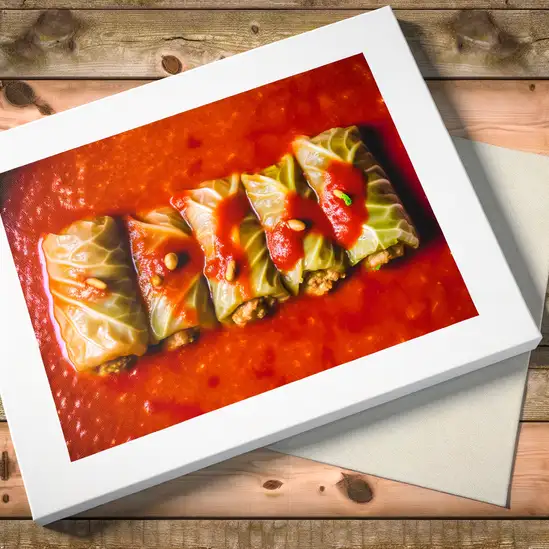
Cabbage rolls stuffed with minced meat and rice, slow-cooked in a savory tomato sauce.

Grilled minced meat sausages, usually made from a mix of beef and lamb, served with chopped onions and flatbread.
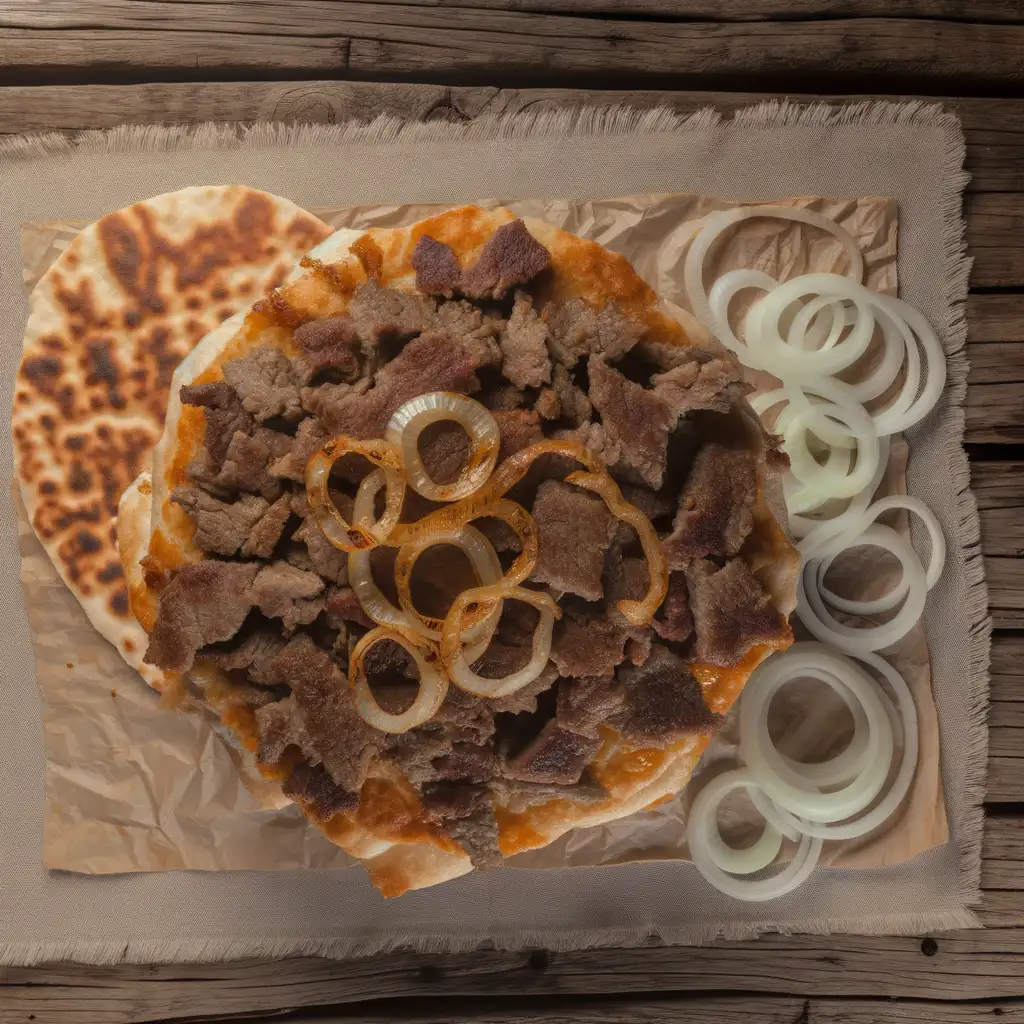
A Serbian-style hamburger made from a blend of meats, often served with onions, ajvar, and flatbread.

A roasted red pepper and eggplant spread, typically served as a condiment or side dish.
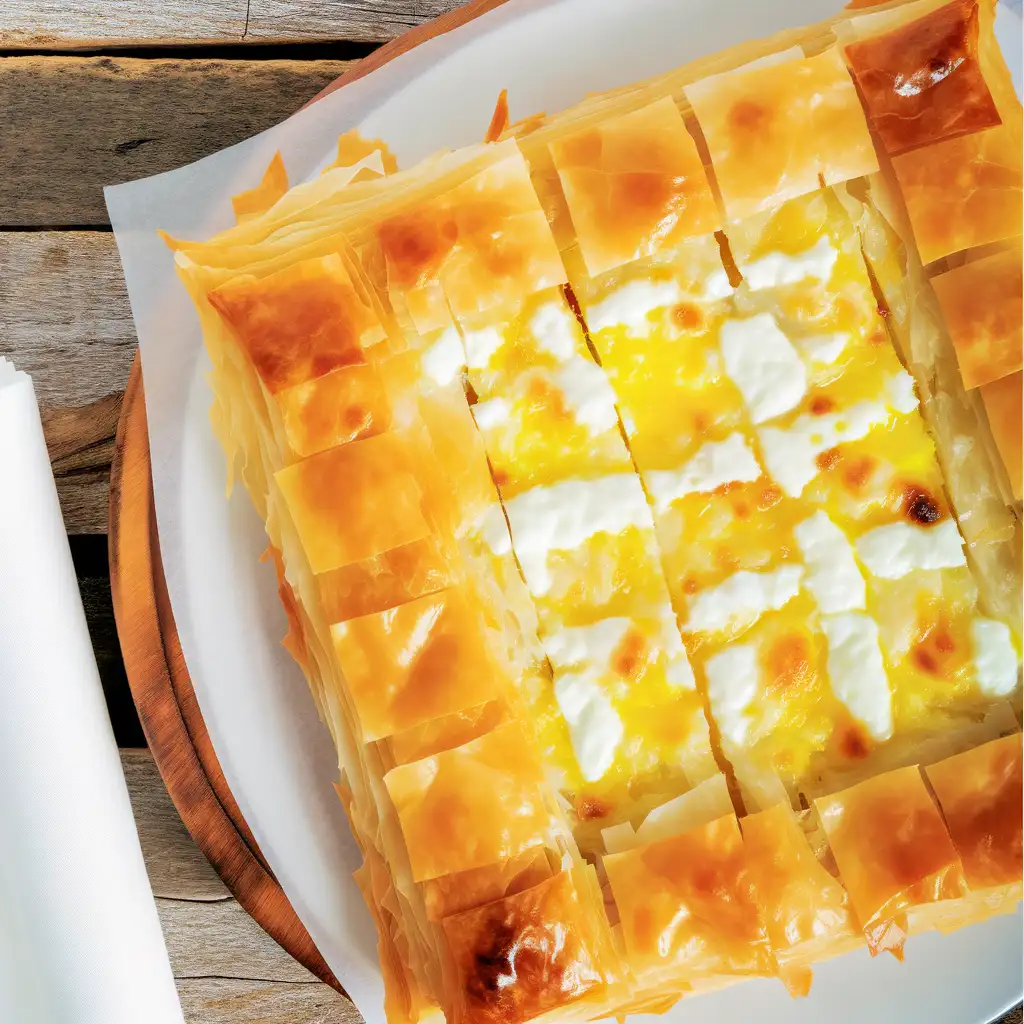
A traditional pastry made with layers of phyllo dough, cheese, and eggs, often enjoyed as a snack or breakfast.
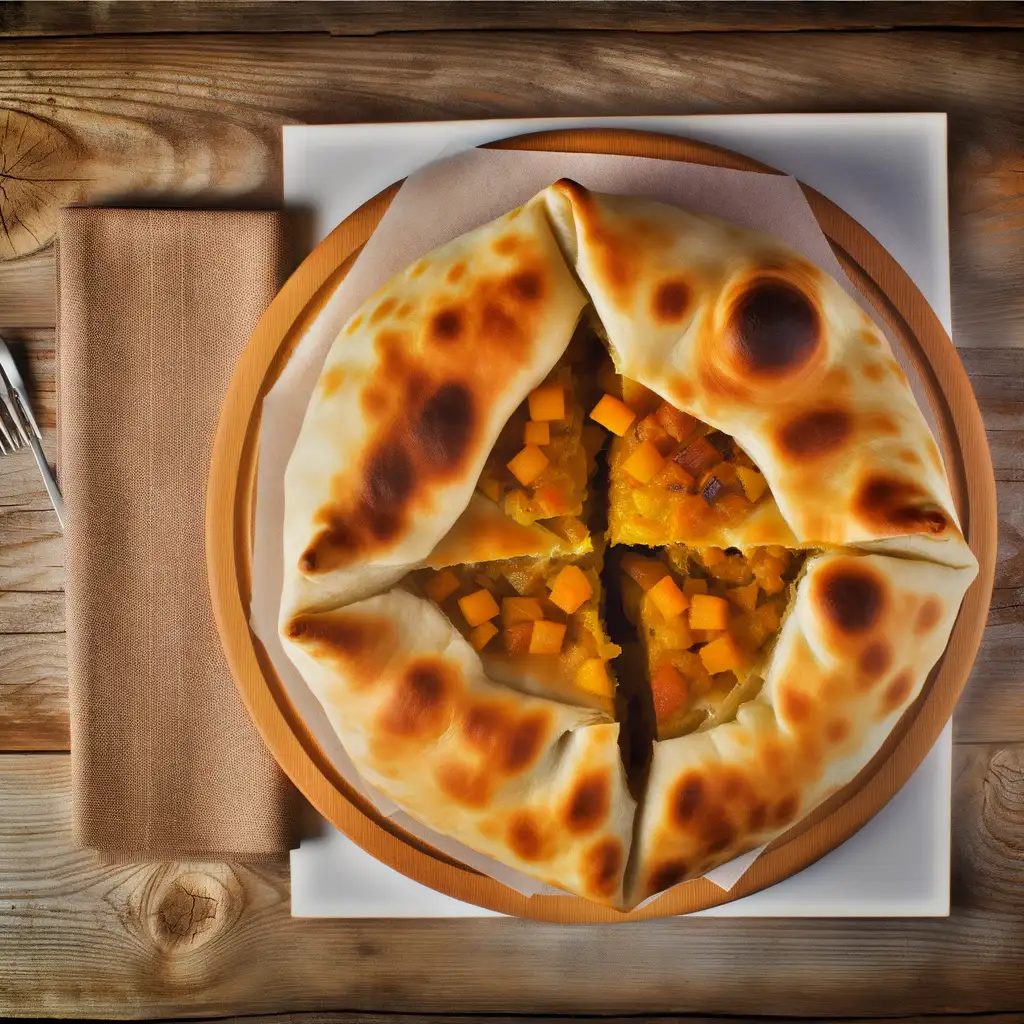
A savory pie filled with various ingredients, such as cheese, potatoes, or pumpkin, wrapped in flaky pastry.
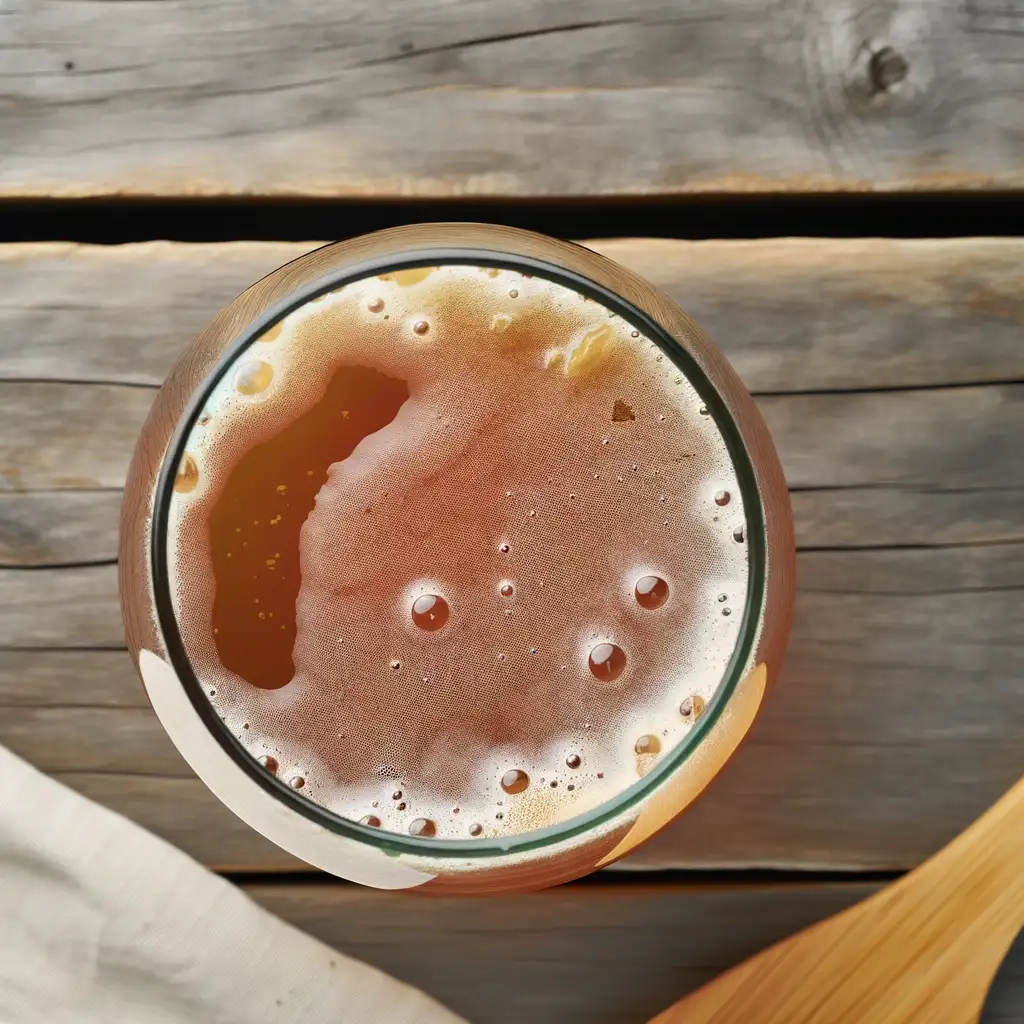
A fermented tea drink that has gained popularity in Belgrade, often flavored with fruits and herbs.
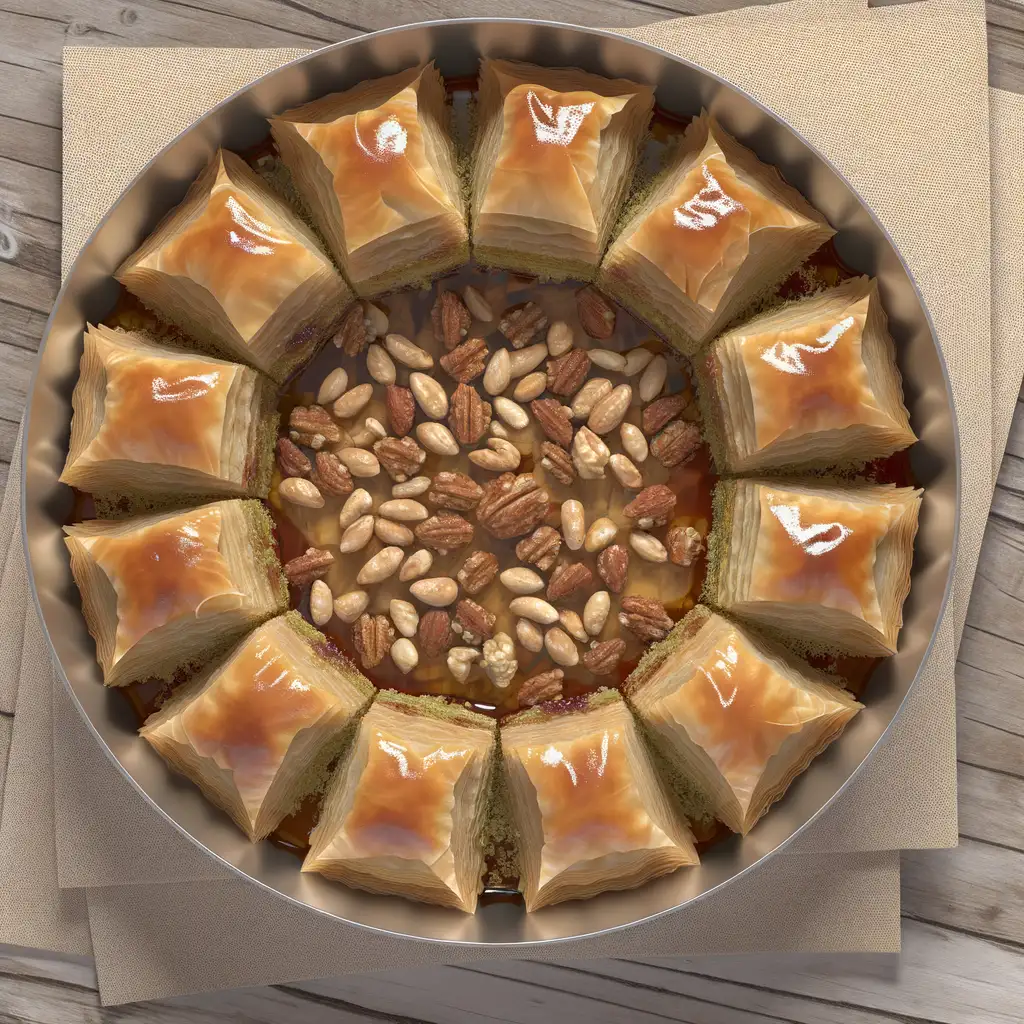
A sweet pastry made of layers of phyllo dough filled with nuts and sweetened with honey or syrup.
If you ever find yourself wandering through the sun-drenched streets of Dubrovnik,you’ll immediately feel like you’ve stepped into a living storybook. The city’s ancient stone walls rise proudly against the sparkling Adriatic,and as you stroll along the marble-paved Stradun,the salty sea breeze mingles with the scent of fresh pine and blooming bougainvillea. There’s a rhythm here—a gentle hum of life where history and modern charm dance together effortlessly.
Dubrovnik’s character is woven into every corner:the clatter of café cups,the murmur of locals chatting in cozy taverns,and the distant call of seagulls overhead. You can almost taste the city in the air—briny and fresh,with hints of grilled seafood and ripe figs from the markets. Sitting at a seaside restaurant,watching the sun dip behind the fortress walls,you’ll savor dishes bursting with Mediterranean flavors,paired with a glass of crisp Croatian white wine.
What makes Dubrovnik truly special is how it balances its rich past with a vibrant present. The city’s narrow alleys invite exploration,revealing tucked-away galleries,artisan shops,and lively squares where music spills out into the streets. Whether you’re tracing the footsteps of ancient mariners or simply soaking up the golden light on a quiet terrace,Dubrovnik feels like a warm embrace—inviting,timeless,and utterly unforgettable.
Athens feels like stepping into a living storybook where ancient history and vibrant modern life dance together effortlessly. The moment you wander through its sun-drenched streets,you’re greeted by the warm hum of chatter spilling from cozy cafés,the scent of freshly baked bread mingling with salty sea air. The city’s heartbeat is unmistakable—whether it’s the clinking of glasses in a bustling taverna or the distant echo of footsteps climbing the Acropolis at sunset.
What makes Athens truly captivating is its raw,unpolished charm. You’ll find crumbling ruins nestled beside colorful street art,and locals who greet you with genuine smiles and a generous spirit. The city pulses with creativity—from lively markets where vendors call out their freshest olives and figs,to rooftop bars where you sip ouzo while the Parthenon glows golden against the twilight sky.
Athens invites you to slow down and savor its layers. Taste the tang of lemon in a perfectly grilled souvlaki,feel the rough stone of ancient columns beneath your fingertips,and listen to the mix of languages and laughter that fills the air. It’s a place where every corner tells a story,and every meal feels like a celebration. If you want a city that’s alive with history yet buzzing with contemporary energy,Athens will wrap you in its warm,timeless embrace.
If you ever find yourself wandering through Split,it’s like stepping into a living,breathing storybook where ancient history and vibrant modern life dance together effortlessly. The moment you stroll along the Riva promenade,the salty breeze from the Adriatic mingles with the aroma of fresh espresso and grilled seafood wafting from nearby cafés. Locals chat animatedly in the sun-dappled squares,their laughter blending with the distant hum of boats bobbing gently in the harbor. There’s a laid-back energy here that feels both timeless and alive,inviting you to slow down and soak it all in.
Split’s heart beats strongest in Diocletian’s Palace,a sprawling Roman fortress that’s less a museum and more a neighborhood where people live,shop,and gather. Walking through its ancient stone alleys,you’ll catch glimpses of colorful markets,artisan shops,and cozy taverns tucked into centuries-old walls. At night,the city transforms as lanterns flicker on,and the sound of live klapa singing—traditional a cappella harmonies—drifts through the air,wrapping you in a warm,soulful embrace.
What really makes Split unforgettable is how effortlessly it blends the old with the new. You can savor a plate of fresh octopus salad while watching fishermen haul in their catch,then wander to a rooftop bar for a cocktail as the sun sets behind the islands. It’s a place where every corner tells a story,every meal feels like a celebration,and every moment invites you to become part of its ongoing tale.
Imagine stepping into a city where every corner feels like a scene from a timeless painting—Venice is exactly that kind of place. The moment you arrive,the gentle lapping of water against ancient stone buildings wraps around you like a soft melody. Instead of streets,there are winding canals,and instead of cars,gondolas glide silently beneath ornate bridges,their oars dipping rhythmically into the emerald water. The air carries a mix of salty sea breeze and the faint aroma of fresh espresso and baked pastries from nearby cafés,inviting you to slow down and savor the moment.
Venice has this magical,almost dreamlike quality. The light here is different—soft and golden in the mornings,casting long shadows on the labyrinth of narrow alleys and colorful facades. You’ll find yourself wandering without a map,getting delightfully lost among the bustling markets,where vendors call out in melodic Italian,selling everything from fresh seafood to vibrant Murano glass. The city’s rich history whispers from every corner,from the grandeur of St. Mark’s Basilica to the quiet charm of tucked-away piazzas where locals sip wine and chat as if time has paused.
What makes Venice truly unforgettable is its rhythm—slow,intimate,and deeply human. It’s a place where you can hear the laughter of children playing by the water,the clinking of glasses in cozy trattorias,and the soft hum of a street musician’s violin. Visiting Venice isn’t just about seeing a city; it’s about feeling its heartbeat,tasting its flavors,and becoming part of its endless story.
If you ever find yourself wandering the Adriatic coast,Kotor is the kind of place that wraps around you like a warm,familiar hug. Nestled beneath towering limestone cliffs and cradled by the shimmering Bay of Kotor,this medieval town hums with a quiet energy that feels both timeless and alive. As you stroll through its labyrinth of narrow cobblestone streets,you’ll catch the scent of fresh sea salt mingling with the earthy aroma of old stone and blooming jasmine. The sound of church bells ringing softly blends with the distant chatter of locals and the gentle lapping of waves against ancient walls.
Kotor’s charm lies in its layers—each corner reveals a story,from the faded frescoes inside centuries-old churches to the vibrant markets where vendors call out,offering ripe figs,olives,and freshly caught seafood. The city’s Venetian architecture,with its weathered facades and ornate balconies,whispers tales of a rich past,while cozy cafes spill out onto sun-dappled squares,inviting you to sip strong Montenegrin coffee or a glass of local wine.
What really stays with you is the feeling of being somewhere that’s both peaceful and full of life. Whether you’re climbing the fortress walls for a breathtaking view of the bay or simply watching the sunset paint the water in shades of gold and pink,Kotor has a way of making you slow down and soak it all in. It’s a place that lingers in your heart long after you’ve left.
If you ever find yourself wandering the Dalmatian coast,Zadar is one of those places that sneaks up on you with its quiet charm and unexpected magic. The moment you step onto its ancient stone streets,there’s this warm,timeless feeling—like the city is gently humming a tune just for you. The salty breeze from the Adriatic mingles with the scent of fresh pine and blooming jasmine,wrapping around you as you stroll along the waterfront. It’s a place where history isn’t just in museums; it’s alive in the crumbling Roman ruins,the medieval churches,and the lively squares where locals gather to chat and sip coffee.
What really sets Zadar apart is its playful spirit. You’ll hear it in the waves as they dance through the Sea Organ,an extraordinary installation that turns the sea’s movement into haunting melodies. And just a few steps away,the Sun Salutation lights up the night with a mesmerizing display of colors,making the waterfront feel like a celebration of nature and art. Grab a seat on the stone benches,watch the sun dip below the horizon,and you’ll understand why Alfred Hitchcock once called Zadar the most beautiful sunset in the world.
The city’s vibe is relaxed but vibrant,with cozy konobas serving up fresh seafood and local wines that taste like the essence of the region. Whether you’re wandering through the bustling market,exploring narrow alleys,or simply soaking in the views from a café terrace,Zadar invites you to slow down,breathe deeply,and savor every moment.
Scammers may install skimming devices on ATMs to steal card information. Use ATMs located inside banks or well-lit, secure areas.
Tourists may be given incorrect exchange rates or counterfeit currency at unofficial exchange offices. Use official exchange offices or banks for currency exchange.
Individuals pretending to be in distress, such as mothers with babies or disabled people, may ask for money. These are often organized scams.
Scammers may pose as charity workers collecting donations for fake causes. Verify the legitimacy of any charity before donating.
Unlicensed individuals may offer guided tours but provide little value or charge exorbitant fees. Stick to reputable tour companies.
Some establishments may inflate prices for tourists or add hidden charges to the bill. Always check the menu prices and your bill carefully.
Crowded areas, public transportation, and tourist hotspots are common places for pickpockets to target unsuspecting tourists.
In some bars or clubs, drinks may be spiked to rob or scam tourists. Always keep an eye on your drink and avoid accepting drinks from strangers.
Scammers may set up street games like the shell game to lure tourists into betting money, only to rig the game so they lose.
Some taxi drivers may overcharge tourists by not using the meter, taking longer routes, or using fake meters. Always use licensed taxis and insist on the meter being turned on.
The possession, use, and trafficking of illegal drugs are strictly prohibited in Serbia, including Belgrade. Penalties for drug-related offenses can be severe, including hefty fines and imprisonment. Even small amounts of illegal substances can lead to significant legal consequences. Tourists should avoid any involvement with illegal drugs to prevent legal issues.
In Belgrade, Serbia, smoking is prohibited in all enclosed public spaces, including restaurants, cafes, and bars, unless there is a designated smoking area. Some establishments may have separate smoking sections, but these must be physically separated and ventilated. Smoking is also banned in public transportation and healthcare facilities. Violations can result in fines for both the smoker and the establishment.
Vaping regulations in Belgrade are similar to those for smoking. Vaping is not allowed in enclosed public spaces, public transportation, and healthcare facilities. Designated vaping areas may be available in some establishments. Tourists should look for signs indicating whether vaping is permitted.
What are other people saying about Belgrade?
Recent Social posts about Belgrade
There is nothing to show you for now.